Tough-1 6 pc. Horse Hoof Trim Kit – 111613499
The classic Tough-1 6 pc. Horse Hoof Trim Kit is a great item to have around the barn in the event you can’t get your farrier. The horse hoof trim kit is also great to supplement your existing trimming supplies, or to have on hand in the event of lost equipment.
The classic Tough-1 6 pc. Horse Hoof Trim Kit is a great item to have around the barn in the event you can’t get your farrier. The horse hoof trim kit is also great to supplement your existing trimming supplies, or to have on hand in the event of lost equipment. This hoof trim kit set includes a rasp, wooden handle, hammer, nail clincher, circular hoof knife, and nippers.
- Includes rasp, wooden handle, hammer, nail clincher, circular hoof knife, and nippers
- Hoof trim kit comes in a 6 piece set
- Great to supplement existing trimming supplies
Additional information
| Product Weight | 5 lb. |
|---|---|
| Manufacturer Part Number | 79-4029-0-0 |

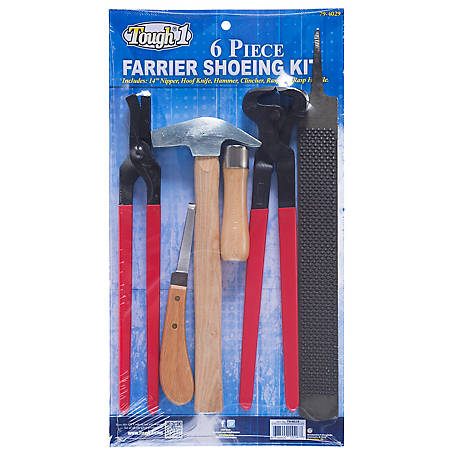

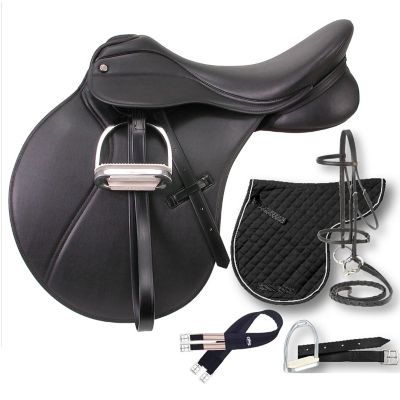
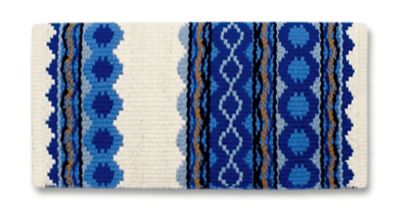


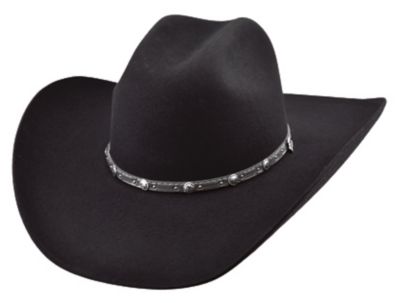
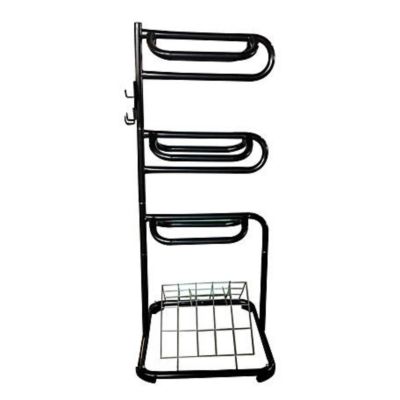
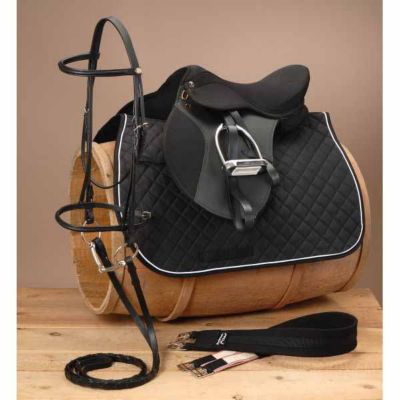
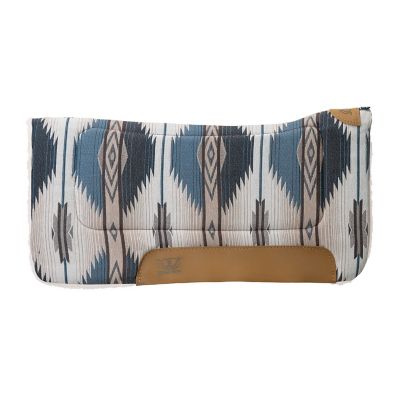
by Beth
Good pack quality 8 out of 10, i will recommend for beginners.
by David
Everything was included and in very good shape ready to use.
by Farrier
The nippers were a little loose but overall good product.